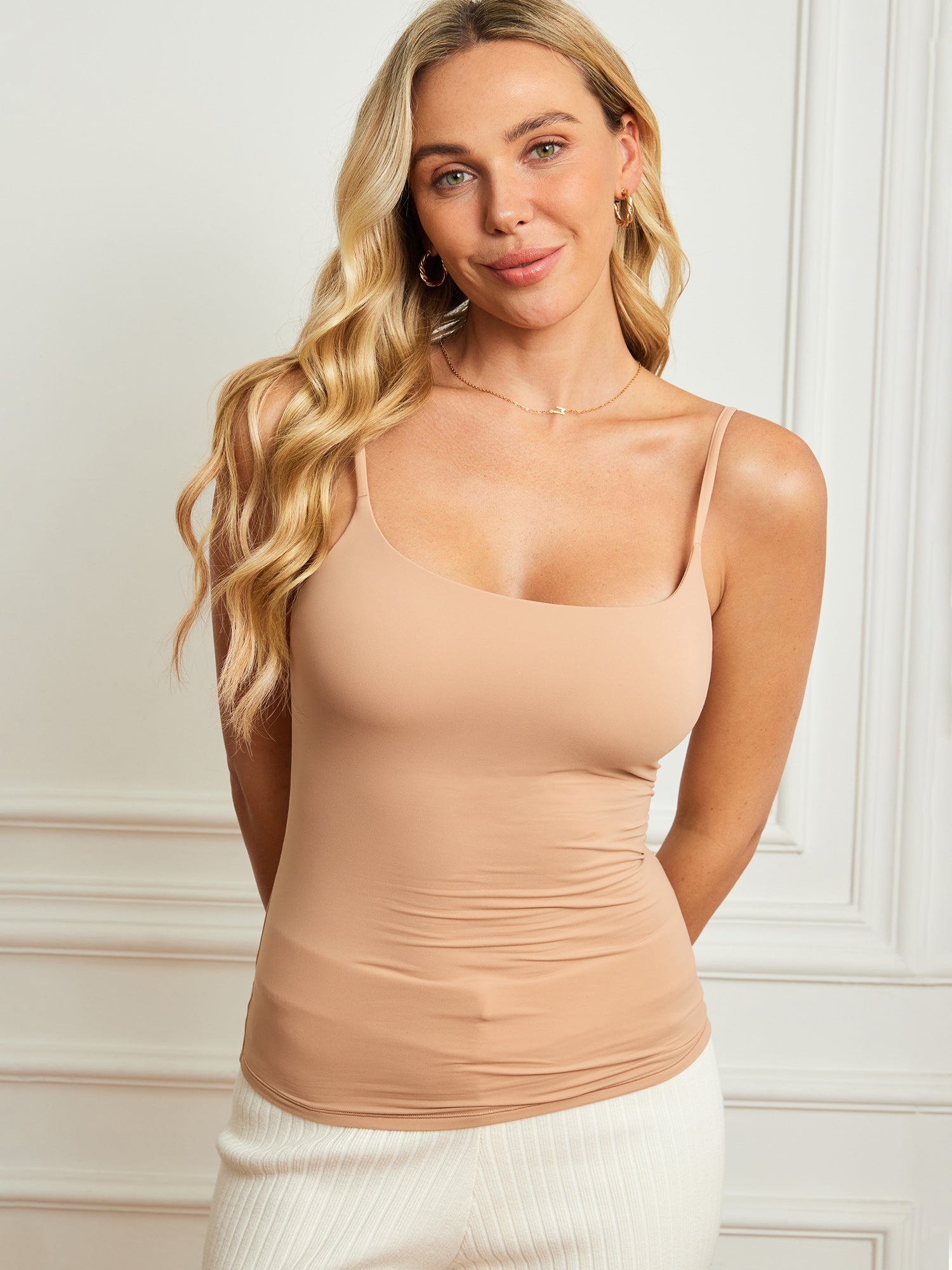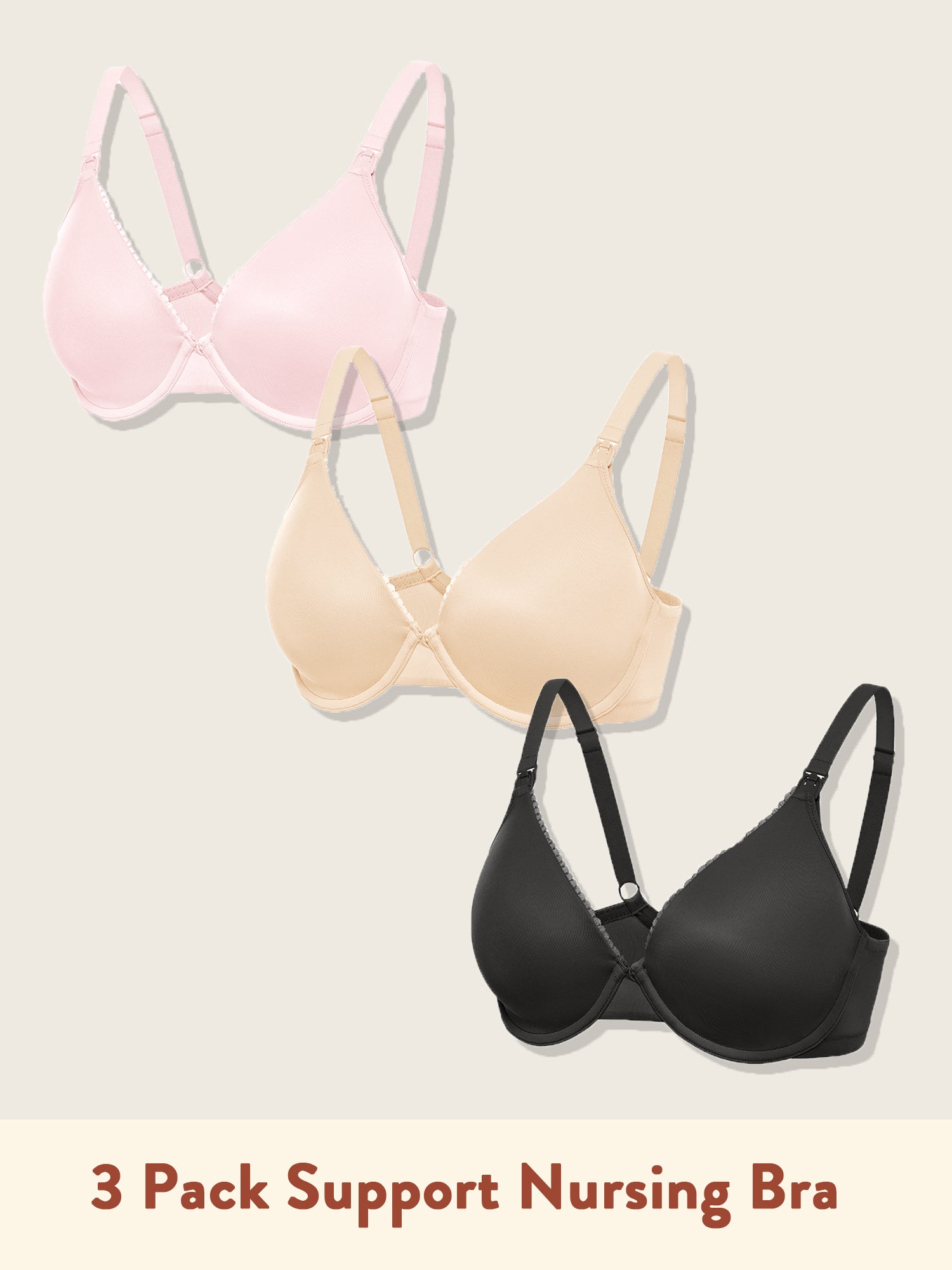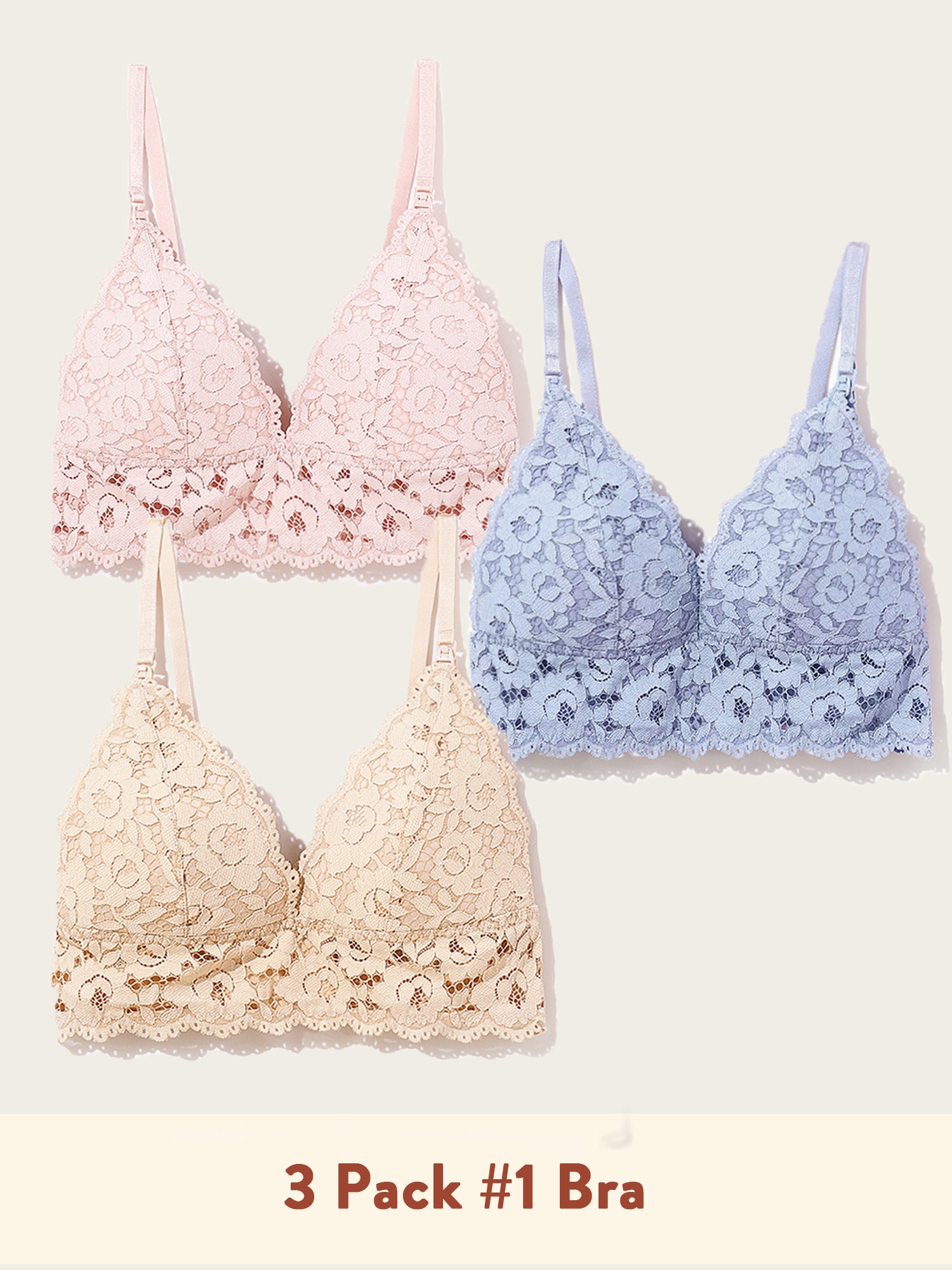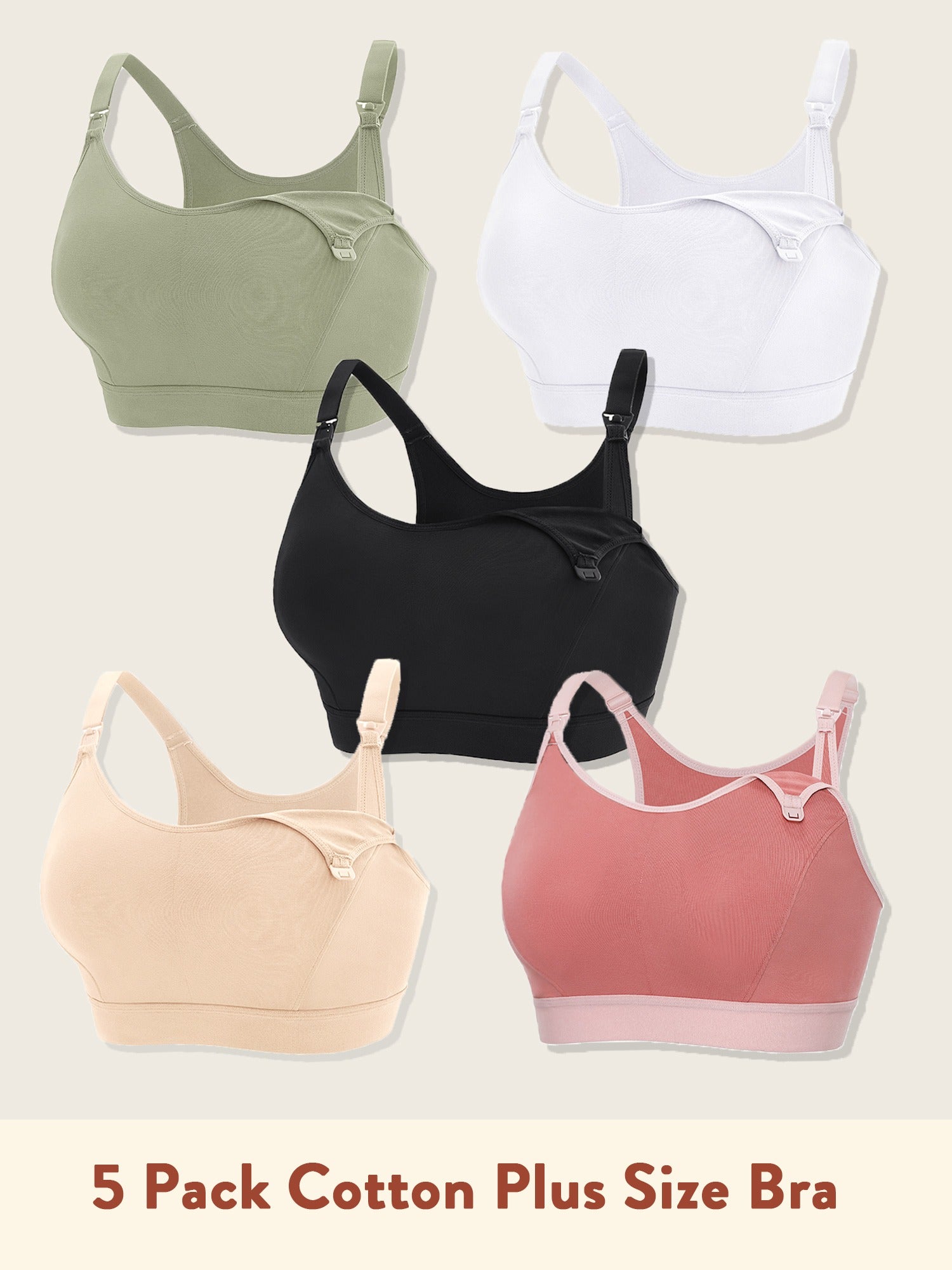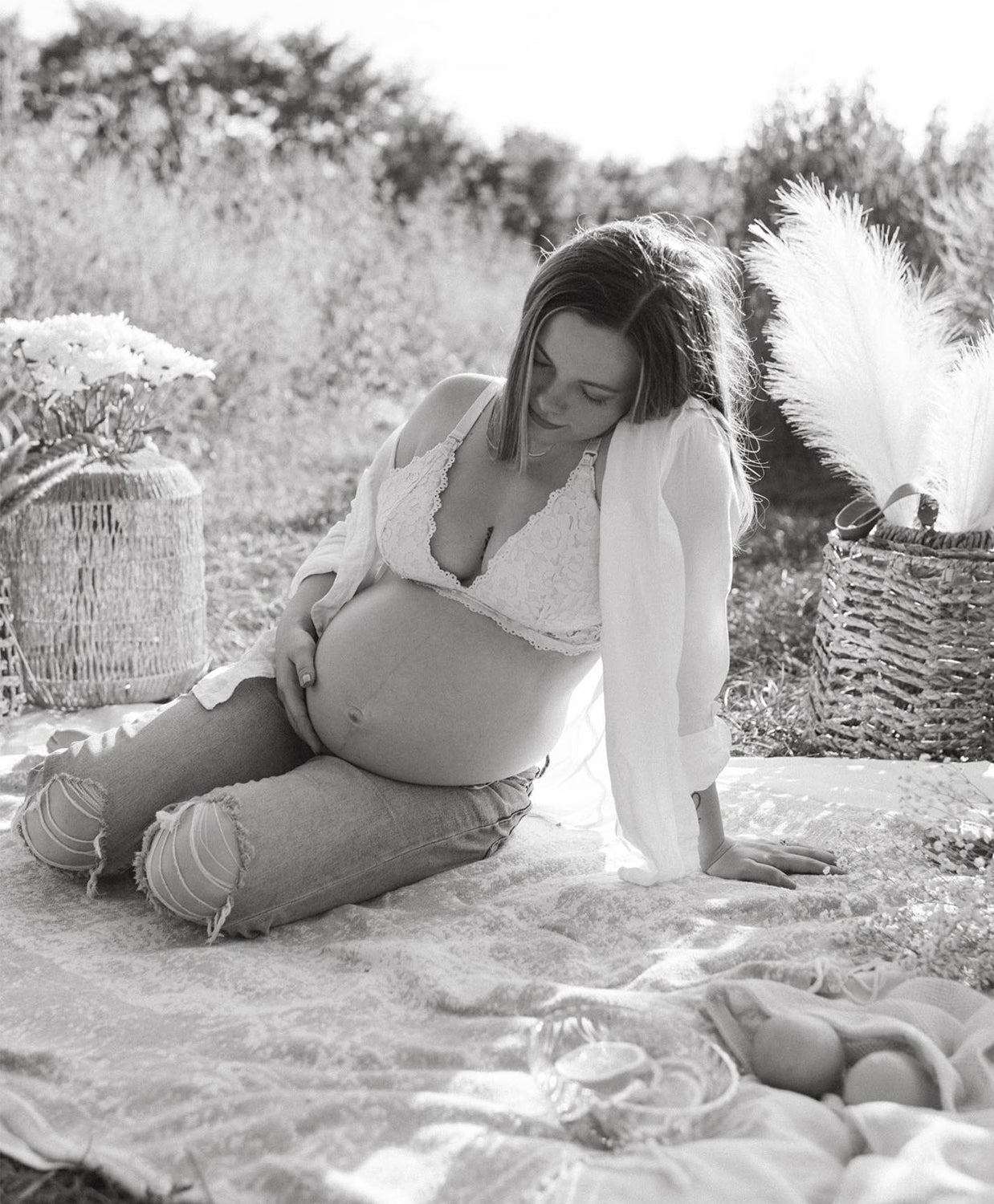How To Care For Your Nursing Bra

As a nursing mom, ensuring that your nursing bras are well cared for is not only important for your comfort but also your baby’s health. Nursing bras go through a lot when compared to regular bras. They not only have to support heavy breasts full of milk, but they also get subjected to spills, leaks, stretching, and even spit up from babies.
This is why it is so important to ensure that your nursing bra is always clean and well-maintained. You should wash your bras after two wear. Unless you’ve had a particularly sweaty day or the bra is milk-stained or has visible marks, in which case they should get an immediate wash. Make sure you use a detergent that is effective against dirt and germs yet gentle enough to avoid ruining the delicate fabric of your bras. Here are a few more tips to help you take better care of your nursing bras.
How often should you wash your nursing bras?
Experts recommend that you should wash your nursing bras after every two wears. However, if your nursing bra is milk stained, sweated in, or has visible dirty spots, you should wash it immediately.
Washing your nursing bras regularly is important because your body constantly sheds skin. Dirt and sweat also build up around your bust and armpits, turning these areas into breeding grounds for germs. Because your baby’s mouth comes into direct contact with your skin as she feeds, you want to ensure that this area is as clean as possible. Apart from cleaning yourself regularly, wearing clean nursing bras is a great way to do this.
Additionally, bras are designed to hug your body as you use them. This makes it easy for them to pick up odors, dirt, and germs. This makes them among the clothes that get dirty fastest.
How to prepare your nursing bras for cleaning
First, you want to get your nursing bras ready for cleaning. Here are some of the things you need to do first:
- Always ensure that you sort them by color to prevent dyes from transferring and staining them.
- Close all clasps and hook-and-eyes to prevent your straps and decorative elements from getting tangled or twisted together.
- To wash your nursing bras, use a gentle detergent that is designed for lingerie. Avoid regular detergents that are too harsh on delicate fabrics as they will ruin your bras and damage their elasticity
How to hand wash your nursing bras
The next thing you need to know is how to hand wash your nursing bras. This is the recommended way of washing them instead of tossing them into the machine. Here is how to hand wash your bras:
- Put about 1.3gal / 5l of water in a bucket. Add some gentle detergent to it. Avoid anything with bleach or detergents that are too strong.
- Presoak your bras for about 10 minutes. This will expand the fibers, making it easier for the dirt and grime to escape. Only soak similar colors to prevent any colors from running.
- Lightly rub at any stains.
- Agitate the water in the bucket to make it foam.
- Dunk your bra in and out of the water for about 5 minutes. When the bra is in the water, gently squeeze it to get the dirt and grime out. Do not beat or wring your bras.
- After 5 minutes, remove the bras from the soapy water and rinse them with cool water.
- Discard the soapy water and rinse again until the water runs clear.
- You can add softener at this stage if you want to. To do this, put a small amount of softener in the cool water and let the bras soak in it for 5 minutes. Rinse until the water runs clear.
- Gently squeeze out any excess water without wringing or beating the bras.
- Lay them on a flat surface or hang them in a shaded area to dry them. Do not dry them under direct sunlight because the sun can accelerate the deterioration of the elastic in the bras.
How to wash your nursing bras in the washing machine

Handwashing your nursing bras may not always be practical, especially when you also have a little one to take care of. Sometimes, it is just easier to go the washing machine way. If you have no choice but to wash your nursing bras in the washing machine, here is how to do it correctly to ensure that the life expectancy of your bras remains unaffected:
1. Use a lingerie bag
Place your bras with clasps and hook-and-eyes closed in a lingerie bag. Do this before washing them to prevent ripping and tearing that may happen when your bra gets stuck on the inside part of your washing machine drum. Your bras may also get damaged when they get attached to other garments or come into contact with zippers, hooks, and velcro, so a lingerie bag prevents this as well.
2. Use cold water
You want to wash your nursing bras in cool or cold water. Avoid warm water because it shrinks the cotton lining of your bras, ruining them. Cold water, on the other hand, does not shrink your bras and it also helps them to last longer because it does not break down the fabric fibers or speed up the deterioration of your bra like warm or hot water does. It is also a great way to avoid dye runs while also keeping the bra fabric looking new and fresh for longer.
3. Setting up your cycle
Apart from ensuring that your machine is running on cold water, here are some other things to consider:
- Use a gentle detergent with no bleach or strong enzymes
- Sort your bras by color. Only wash white bras with white garments and dark bras with dark garments to help retain their vibrance
- Use the delicates cycle on your washer. Ensure the spin speed is as slow as possible to avoid putting undue stress on your bras. Throw them in the washer while they are in a laundry bag.
How to dry your nursing bras
Do not put your nursing bras in a dryer. Most of the fabrics that are used to make nursing bras are highly sensitive to heat. When put in a dryer, these fabrics will shrink, affecting how your nursing bra fits. Additionally, the heat will weaken the fabric structure causing them to wear down and tear.
Whenever you need to dry your nursing bras, do it on a line outside in a shaded area. Avoid direct sunlight as UV rays break down the color in the dyes, reducing the vibrance of your bras. It also deteriorates the elasticity of the straps, laces, and fabrics.
When preparing to air dry your nursing bras, remember not to wring or beat them. Instead, you can wrap them in a clean towel and gently press them to remove any excess water before hanging them on a drying rack or a flat surface. Hang them by the center piece of fabric attached to the bra cups and not by the straps because the weight of the wet cups will stretch them out.
Next, ensure that your nursing bras dry well every time you hang them out to dry. If you wear them while they are not completely dry, the humid environment makes it easy for bacteria and germs to thrive especially when you sweat or leak.
How to store your nursing bras correctly
Do not stuff your nursing bras in a drawer. Instead, if you have non-padded bras, fold them neatly before placing them in the drawer. If you have padded bras, stack them whole one cup over the other to avoid crumpling them or creasing and misshaping the cups.
Invest in multiple nursing bras to ensure that you always have a good rotation of them washed, stored, and ready to go. When you rotate your nursing bras regularly, you also extend their lifespan because you are not overwearing them.
So how many nursing bras do you need? Well, as long as you wash your bras after every two to three wear, you only need 3 nursing bras. The rule of thumb is simple: one to wash, one to wear, and one to spare.
Three is only the bare minimum, though. You may feel more comfortable having two or three extras just in case you get the inevitable leak or baby spit-up. You may also want to invest in different nursing bras for different occasions: a couple of sleep bras, daytime bras, and nursing trunks won’t hurt!
Final Thoughts
As a nursing mom, your nursing bras are probably some of the most prized possessions in your wardrobe. And for good reason: these little garments are designed to make breastfeeding super comfortable and convenient. And since nursing your little one is something that you are going to be doing for the next several months, comfort and convenience are things that you can surely appreciate.
Because they are so precious, you naturally want to take good care of your nursing bras. The better your care for them, the longer you will be able to get lots of use out of them. Plus, when nursing bras are properly cared for, they maintain their shape and support you better.
Caring for your nursing bras requires several special considerations. Hopefully, with the essential tips and tricks outlined in this guide, you will be able to keep your favorite nursing bras in great shape for years. Good luck!
How to care for your nursing bra
The ultimate guide to choosing the best maternity leggings
Different types of breast pads and how to choose the best ones
Maternity clothes essentials that will last you throughout your pregnancy
What to look for when buying maternity lingerie
Can underwire bras cause clogged ducts?
SUBCRIBE FOR NEWSLETTER
Shop today with 10% OFF your first order of all products storewide







